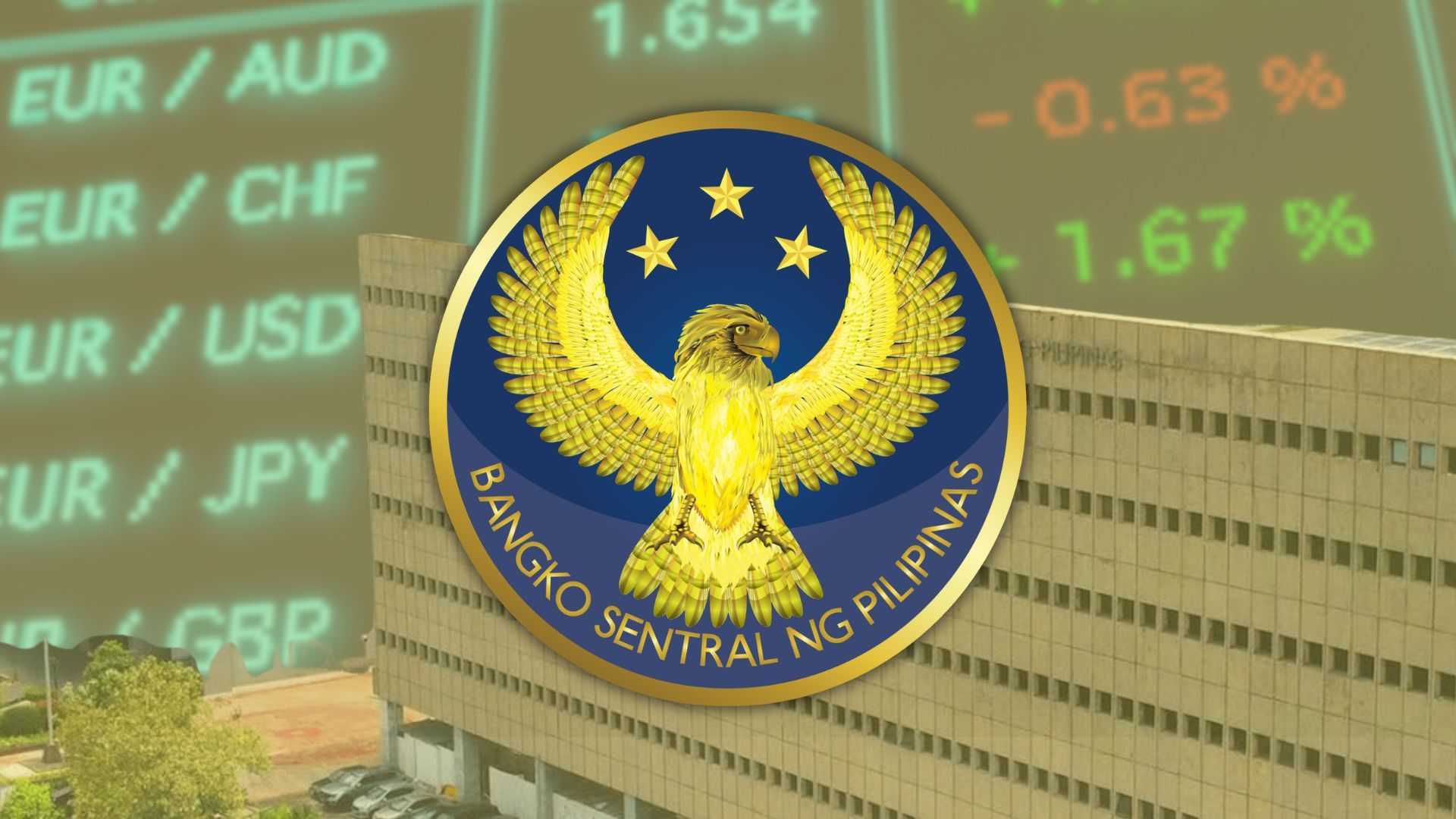
The Philippines ended 2024 with a lower net international investment position (IIP) of $65.5-billion net external liability, as foreign investments in the country declined faster than its assets abroad.
Preliminary data from the Bangko Sentral ng Pilipinas (BSP) showed that the end-December’s net external liability decreased by more than 10 percent from $72.9 billion in end-September 2024.
Such an improvement was “driven by a 3.4 percent contraction in the country’s external financial liabilities, which outpaced the 1.4 percent decline in external financial assets,” the BSP said in a March 31 statement.
IIP measures the gap between the country’s external assets and liabilities. External assets are Filipino investments abroad, while foreign investments in the Philippines are considered liabilities, as investors will eventually withdraw their profits.
A net liability position means that foreign investments in the Philippines exceed the investments made by Filipinos abroad.
As of end-December 2024, the country’s external financial liabilities totaled $318.2 billion, while its external financial assets stood at $252.7 billion.
Foreign investments dropped by end-December mainly due to an over eight percent decline in foreign portfolio investment (FPI) or hot money. It fell to $96.3 billion from $104.9 billion in the previous quarter.
Foreign direct investment (FDI) likewise dropped by two percent to $129.3 billion from $132 billion. Thus, deflating the country’s overall liabilities abroad.
Hot money dropped significantly due to over 14 percent decline in foreign residents’ equity investments in local corporations or businesses, which fell to $37.6 billion.
This reflected the drop in the Philippine Stock Exchange Index (PSEi), due to concerns over US President Donald Trump’s import tariff hike and its potential impact on interest rates.
Nonresidents’ investments in debt paper fell by nearly four percent to $58.7 billion, driven by foreign investors’ net selling of government’s debt in the secondary market and net repayments by the government and other sectors.
Net FDI dropped by two percent to $129.3 billion, mainly due to downward valuation adjustments in nonresidents’ equity capital investments.
Filipino investments abroad shrank, mainly due to a nearly six percent drop in reserve assets, which fell to $106.3 billion by end-December from $112.7 billion in end-September 2024.
Further, Filipinos’ net direct investments in debt instruments fell by nearly three percent to $41.8 billion.
Assets
During the period, “the BSP continued to hold the largest share of the country’s total external financial assets,” which stood at nearly 44 percent, worth $110.8 billion.
However, the central bank’s external financial assets dropped by nearly six percent to $117.8 billion as of end-September 2024, mainly due to a nearly six percent decline in reserve assets.
Other sectors held nearly 41 percent of the country’s investment abroad, totaling $103.4 billion, while the banking sector accounted for over 15 percent, or $38.5 billion.
Liabilities
Other sectors made up the largest share of the country’s external financial liabilities, accounting for 58 percent or $184.6 billion as of end-December 2024.
Its external financial liabilities fell by 4.5 percent, mainly due to a drop in nonresidents’ net placements in portfolio equity securities (to $28 billion from $33.8 billion) and equity capital (to $56.4 billion from $61.1 billion).
Foreign investments in the government, which make up nearly 28 percent of the country’s total liabilities, decreased by a little over one percent to $87.6 billion during the period.
Of this total, the banking sector held over 13 percent at $42.2 billion, down nearly three percent from $43.4 billion in the third quarter. Meanwhile, the BSP accounted for the remaining over one percent or $3.7 billion.